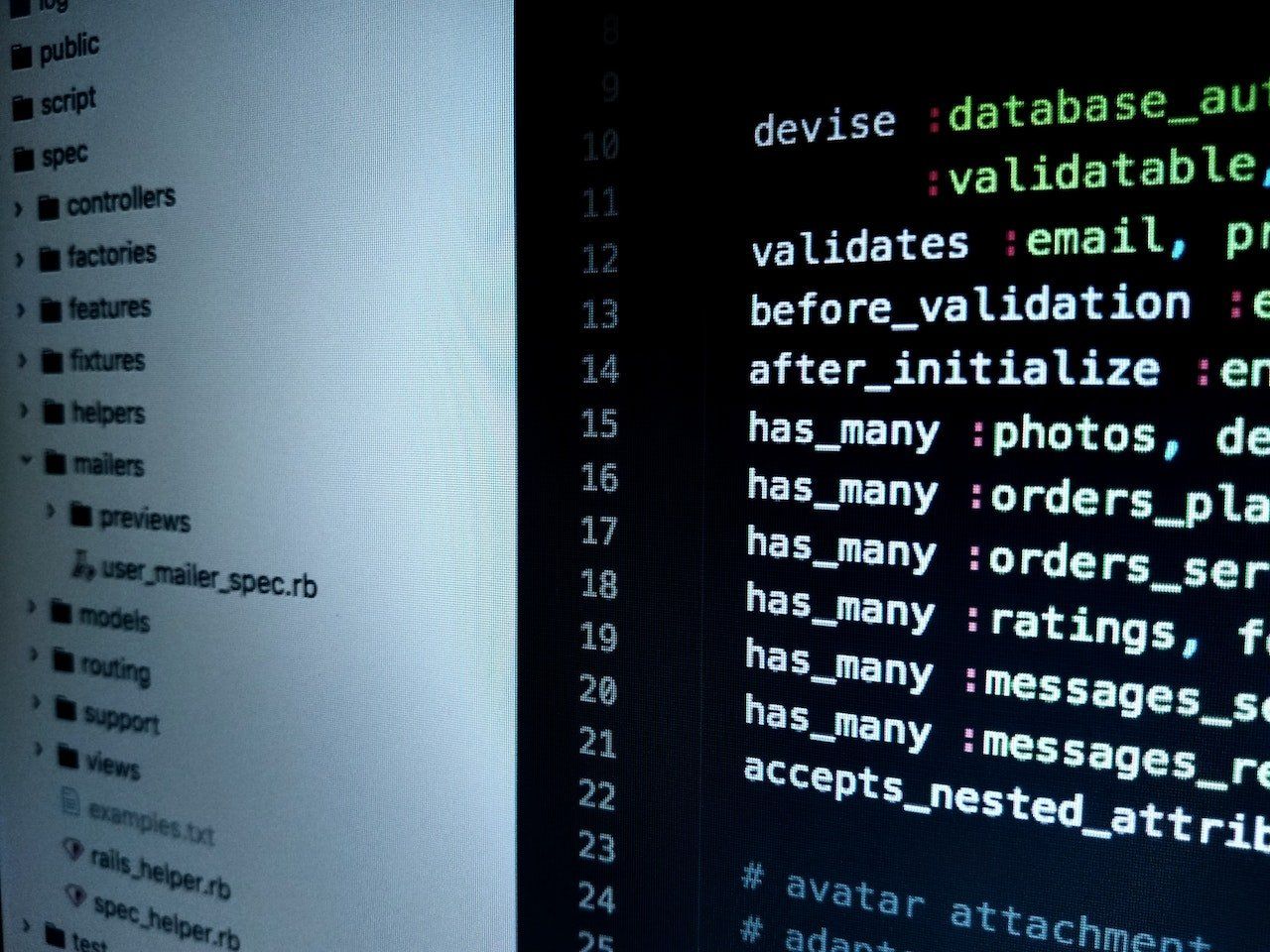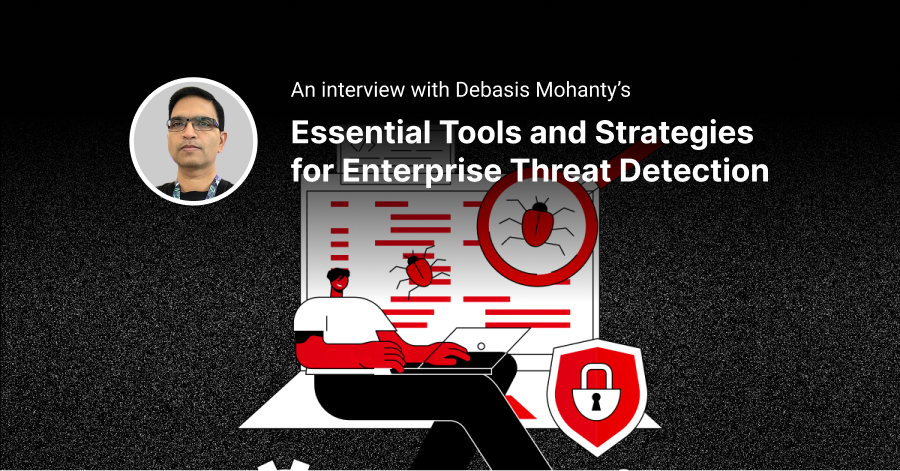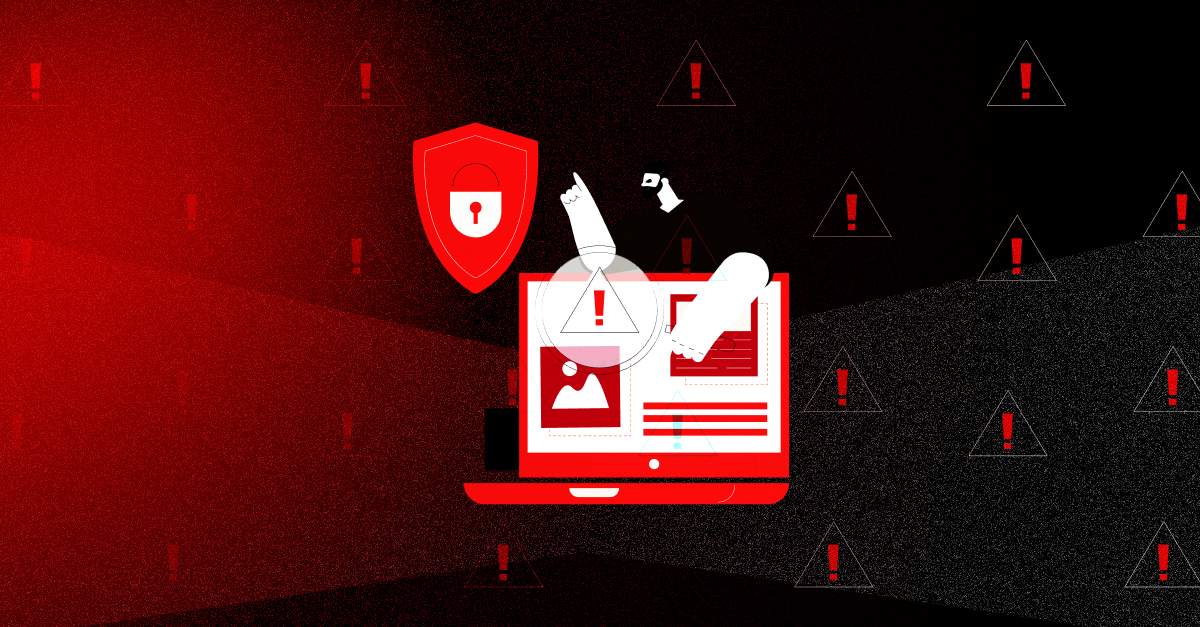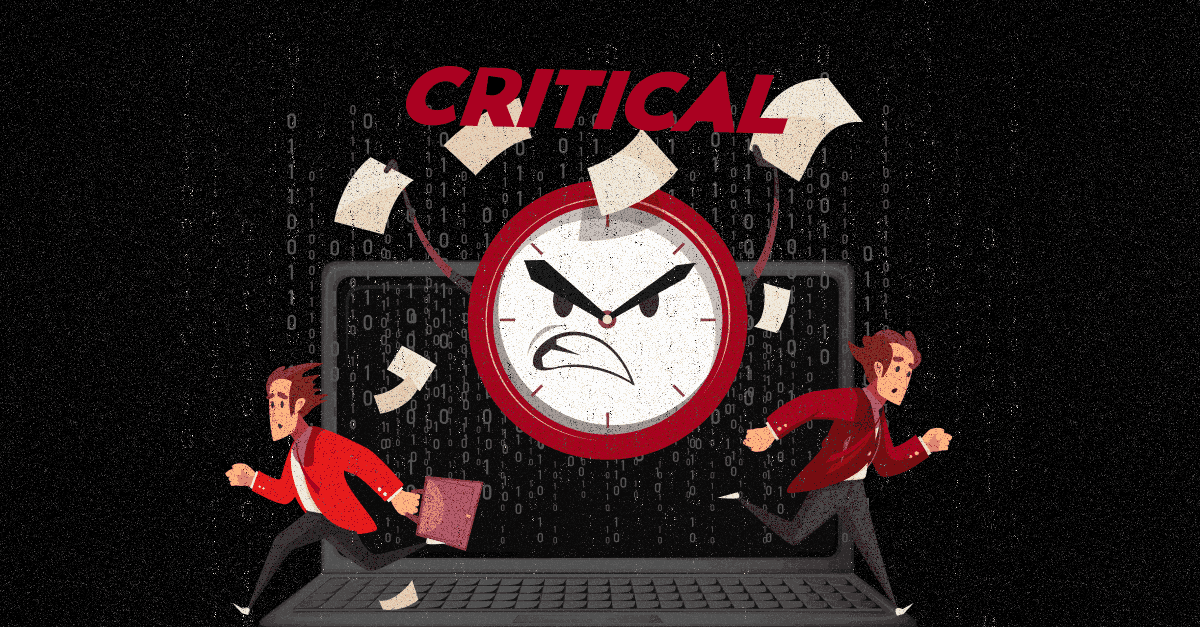Whether you’re an independent blogger or the owner of a Fortune 500 company, chances are that you need some form of database security. These days, hackers and malware can sneak in through many different routes and you don’t want to leave your data vulnerable.
It’s important to understand the different types of security available, as well as common threats and challenges that businesses face when dealing with their databases and how they can help prevent them from happening. This post will go over all this information, so read on to find out more.
What is Database Security?
Database security is the process of protecting your data from unauthorised access, theft, and destruction. It includes a variety of security measures such as tools, processes, security controls, and policies that are designed to help keep your data safe.
Database security covers both the data itself and the systems that store and protect it. It also includes the security of your employees and customers who access and use your data, as well as the security of any associated applications, hardware, and networks that connect to your data.
You must consider database security in the following scenarios:
- Loss of confidentiality, availability, and integrity of data;
- Data theft or unauthorised access to your data files;
- Deception or fraud in the handling of your data;
- Violation of data privacy.
Security is a crucial aspect of database management because it helps to protect your data from unauthorized access, theft, and destruction. A breach in database security can lead to huge losses for your business, so it is vital that you work to keep your database secure from prying eyes at all times.
Types of Database Security Controls
Authentication
Authentication is the process of verifying the identity of a person or entity before allowing that person or entity to access data. Authentication is a critical component of database security because it helps to protect your data from unauthorised access and malicious users. It is similar to access control in that it allows access to only the people and systems that you trust, and usually includes controls such as passwords, security tokens, and biometrics.
Encryption
Encryption is the process of securing sensitive data by transforming it into an unreadable format. This is done using encoding algorithms and security measures to make it difficult for unauthorised individuals to access or use the data. The decoding keys are kept secret and only those with the proper authorisation can access the data.
Access Control
In database security, access control is the process of defining who is allowed to access and use data in a database. The purpose of access control is to prevent unauthorised users from accessing or using the data in the database. Access control can be implemented in various ways such as access control lists, role-based access control, and the principle of least privilege.
Backups and Recovery
In the event of a computer crash or data breach, having a backup and recovery plan in place will help to ensure that your data is not lost. Backups can be created onsite, on physical hard drives, or remotely through a cloud-based service.
Data Destruction and Resiliency
Data destruction is the practice of erasing data from a system on a regular basis to ensure that it is not accidentally or intentionally accessed by unauthorised individuals. In addition, the data must be resilient in the face of events such as natural disasters, power outages, and cyberattacks. To build data resiliency, you need to store multiple copies of the data in multiple, protected locations to ensure that the data is never unavailable.
Application Security
Application security and the database security framework work together to prevent common exploits that could be used to circumvent the access control of the database.
Common Threats and Challenges to Database Security
Nearly 400,000 exposed databases were discovered between Q1 2021 and Q1 2022. What are the main threats to database security? Let’s take a look:
Insider Threats
An
insider threat
is one that originates from within the company or organisation. They can be anyone who has access to the database or its contents, including employees, contractors, and partners. They usually have malicious intentions and misuse the data they have access to, to cause harm or damage to the organization.
Privilege Abuse and Data Misuse
Privilege abuse can be of two types - excessive abuse and legitimate abuse. Excessive privilege abuse occurs when a specific user has been granted much more access or permissions than is required by them to carry out their tasks. Users might abuse these privileges for malicious purposes. Legitimate privilege abuse occurs when a system admin or user uses their legitimate privileges for illegal or unethical activities. This threat, however, is not limited to the mishandling of sensitive data or the unauthorised use of privileges.
Human Error
Human error is the most common cause of data breaches. Unsafe practices such as careless handling of data, weak passwords, sharing passwords with others, and not following appropriate security protocols can all lead to data breaches. Most human errors are often a result of a lack of knowledge or understanding of the security protocols.
Database Software Vulnerabilities
Operating systems, database platforms, and other software applications that are used to store and access data are also prone to
vulnerabilities and may lead to unauthorised access or data breaches.
Security Misconfiguration
Databases often have security configurations set by default. These configurations may not be the most secure, and may even be easily bypassed by an attacker.
SQL Injection Attacks
Hackers can gain unregulated access to databases using
SQL Injections. SQL Injections exploit vulnerabilities in the database software that allow hackers to insert their own commands into the database and manipulate the data in it.
Buffer Overflow
Buffer overflow happens when the amount of data that is stored in a buffer is greater than the buffer can hold. This means that the data can overflow into other areas of the memory and lead to crashes, inaccurate results, unpredictable behaviour of the software and even loss of data.
Denial of Service
A
Denial of service (DoS) attack occurs when a hacker sends a large amount of traffic to a server, causing it to crash. These attacks are used to prevent legitimate users from accessing entire databases or some of their specific services.
Malware
Malware infections are a serious security issue. An infected database can cause the loss of data, loss of access to the database, and the loss of control over the database server’s hardware and software.
Exposure of Backup Data
Backup data is often not secured and can be vulnerable to exposure and theft. This includes data stored in the cloud. This data may be stolen by hackers or other malicious actors.
Weak Audit Trails
Every database security policy must include a way to track who accesses the data, when the data was accessed, and what was done with the data. This information is known as an audit trail and helps keep track of the transactions that occur in the database. A weak audit trail can allow hackers to bypass the security of the database.
Vulnerabilities in Database Communication Protocols
Security vulnerabilities in database communication protocols have become a growing concern when it comes to database security. Database retailers have found to be lax in their communication protocols. Unauthorized data access, data corruption, and denial of service are all examples of malicious activities that exploit these vulnerabilities.
Weak Authentication
If the database has a weak authentication process, then attackers can easily gain access to the database using techniques such as brute force, dictionary attacks or social engineering.
Recommendations for Database Security
Database security best practices can help reduce the risk of data breaches and protect the data of customers and employees. Here are 10 best practices you can follow to secure your database:
- The database must be in a secure location. It is important not to ignore the physical security of the database when it comes to protecting the data inside it;
- It is always recommended to create backup copies of the database and log files on a regular basis to ensure that the data is secure;
- Database backups must always be encrypted to protect the data from being exposed. Encrypting data and backups can minimize the chances of data being stolen or corrupted. Even in the case of a data breach, the encrypted data will be useless;
- The database should be accessible to the bare minimum of users, with permissions restricted to the minimal amount necessary for them to do their jobs. Similarly, network access to the database should be restricted only to the necessary individuals and entities;
- Only the latest and updated versions of software must be used in the database;
- Database security policies must include monitoring tools that continuously monitor the database activity. These tools enable the detection of anomalies or suspicious activity;
- Dynamic profiling can help identify unauthorised queries that could be a result of Denial of Service attacks;
- Implement the strongest authentication and security measures possible. Two-factor authentication must be used wherever possible. In cases where authentication is not t possible, enforce strong a strong password policy;
- Scan databases for vulnerabilities periodically to evaluate the security of the database and identify and fix any potential issues;
- Intrusion detection and prevention systems should be used to monitor the network traffic and detect unauthorised or malicious activity.
Conclusion
In conclusion, database security is a complex issue that needs to be addressed from multiple angles. There is no single silver bullet that can protect databases from all threats. However, by following the best practices mentioned above, you can significantly reduce the risk of data breaches and protect your data. Contact us to learn more about how we can help you secure your databases and data.






